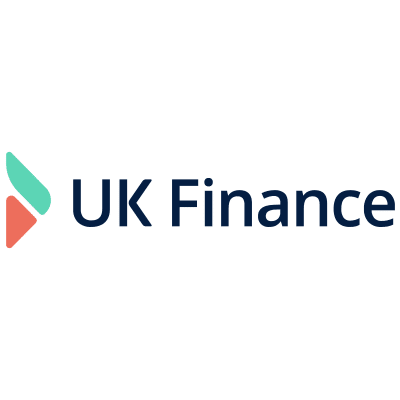How to Spot a Cash Flow Problem
Managing cash flow can be a challenge for many businesses. A small issue can quickly snowball into a major crisis if you don’t address it early. A cash flow problem can affect your ability to pay suppliers on time and meet payroll, which can harm the business. The key is to recognise the warning signs before things get out of hand. In this post, we’ll look at some of the most common red flags and explore how invoice finance can help keep your cash flow steady without taking on additional debt.

Why Early Detection of Cash Flow Issues Matters
By looking at a business’s cash flow, you’ll get a clear indication of its overall financial health. Positive cash flow means more money is coming in than going out to pay suppliers, employees, and lenders. When there is negative cash flow, the expenses outweigh the income, resulting in a mountain of debt and a higher risk of insolvency. Even businesses making a profit can run into cash flow challenges if client payments are delayed or too much money is tied up in stock or other illiquid assets. Therefore, recognising potential signs of trouble early will help find a quick solution without the need for costly loans.
Signs You Have a Cash Flow Problem
The early warning signs that a business is heading into a cash flow crisis are subtle but will escalate quickly if they’re not addressed. When running a business, make sure you keep an eye on these cash flow red flags:
- Customers Start Delaying Payments
Customers delaying their payments is one of the first signs of cash flow trouble. Just a few late payments can create a domino effect, cutting into funds needed for essential costs. If delayed payments become a pattern, it’s a strong signal that cash flow might be stretched. Acting early can help prevent bigger issues with covering everyday expenses.
- Cash Reserves Are Low
Liquidity is essential for a business to manage everyday expenses and be prepared for unexpected costs. If cash reserves have become low or there is a noticeable decline in available money, it’s likely to cause problems with paying invoices on time.
- Short-Term Loans to Keep the Business Afloat
Turning to short-term loans to cover everyday expenses or fill cash flow gaps can feel like a quick and easy fix, but it is a big warning sign of future problems. Heavily relying on them to keep the business afloat often leads to unmanageable debt and high-interest payments. This can be a tough cycle to escape from and is a further sign that cash flow isn’t stable enough.
- Payments to Suppliers Are Delayed
When cash flow starts to become a problem, one of the first signs is usually a company delaying payments to suppliers or trying to negotiate longer payment terms. Although the odd missed payment might not cause too many problems, suppliers are likely to have concerns about continuing to trade together if it becomes a habit, severely affecting the supply chain.
How Invoice Finance Can Help
Invoice finance is a clever and flexible way for businesses to improve their cash flow. It helps by freeing up funds tied up in unpaid invoices, giving companies of all sizes a boost, no matter their industry.
- Get Immediate Access to Money You’re Owed: Instead of waiting up to 120 days for customers to pay, invoice finance can get you up to 100% of the money owed in as little as 24 to 48 hours.
- Enjoy Greater Financial Flexibility: With invoice finance, you will have more certainty about your cash flow. Resources can be allocated more effectively, and planning for future growth is easier.
- No Additional Debt: Unlike loans and funding lines such as bank overdrafts, invoice finance does not add debt to the balance sheet, making it a low-risk option for maintaining cash flow.
Prevent Cash Flow Problems Before They Escalate
No business is immune to cash flow challenges; however, by spotting the warning signs early and acting fast, a cash flow crisis can often be avoided, and a solution can be found quickly.




